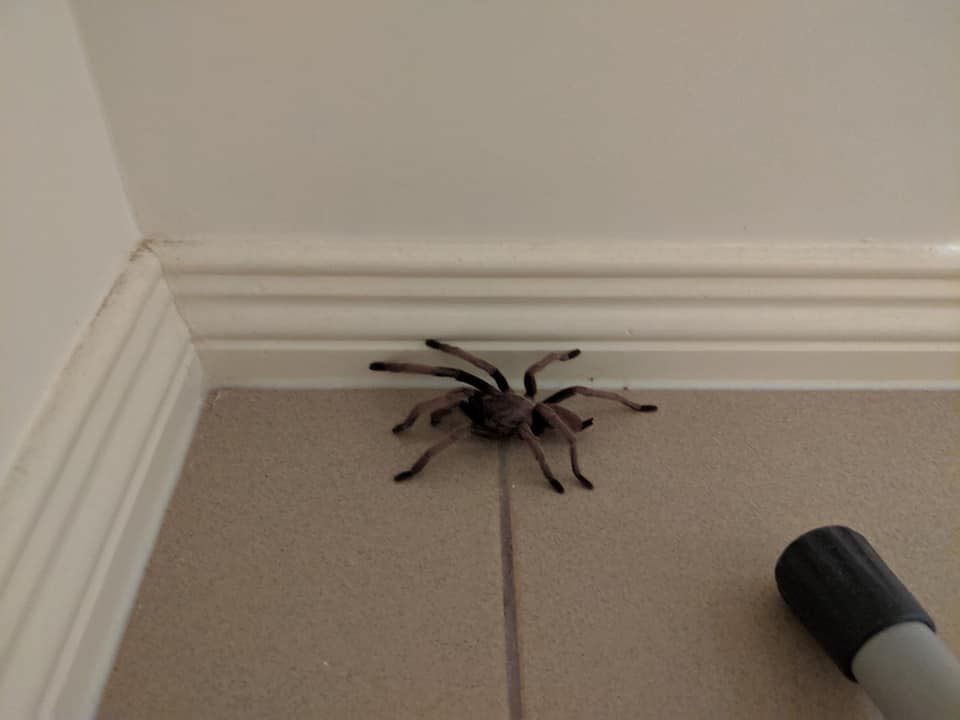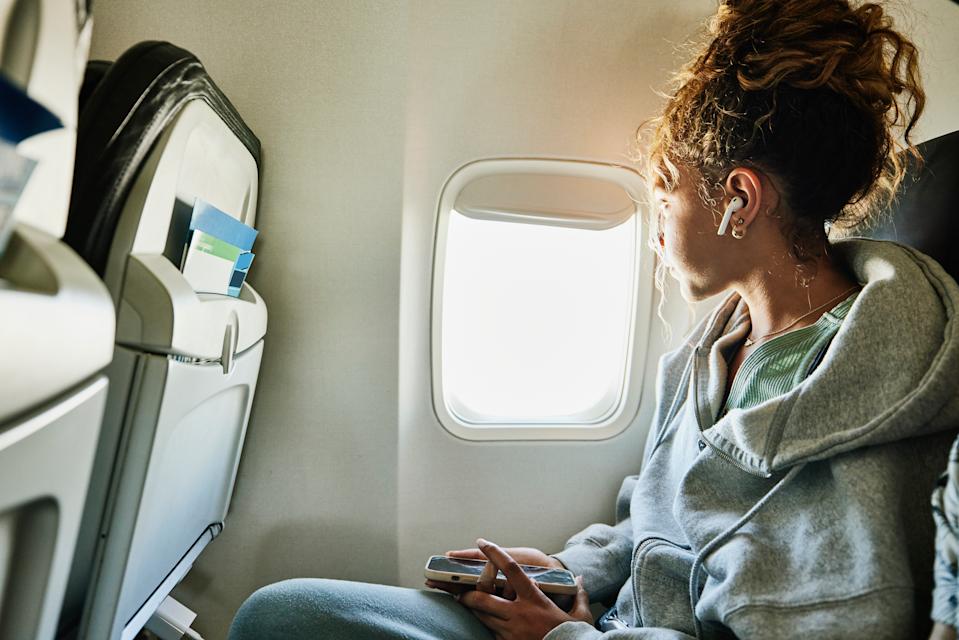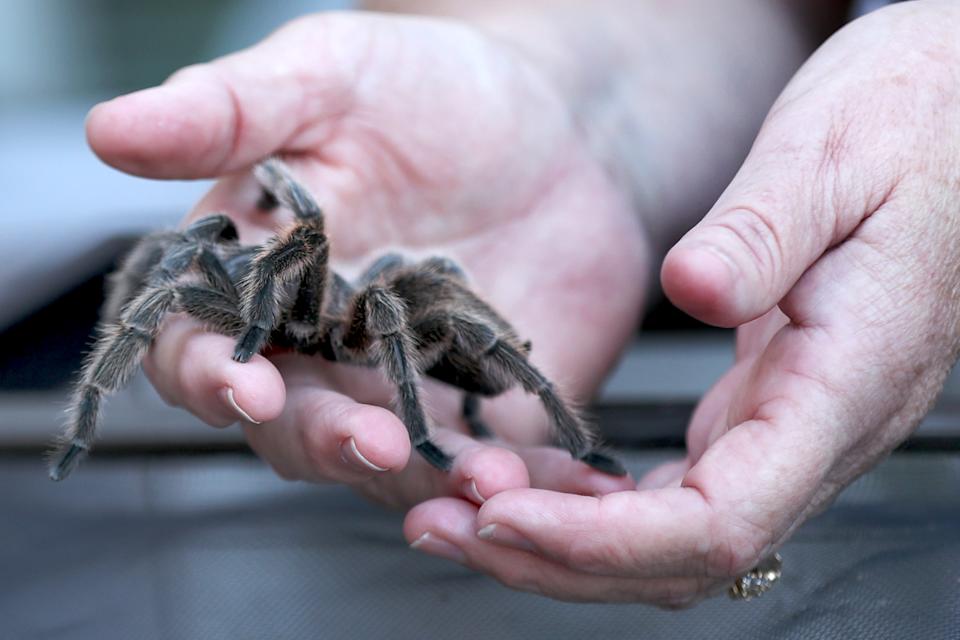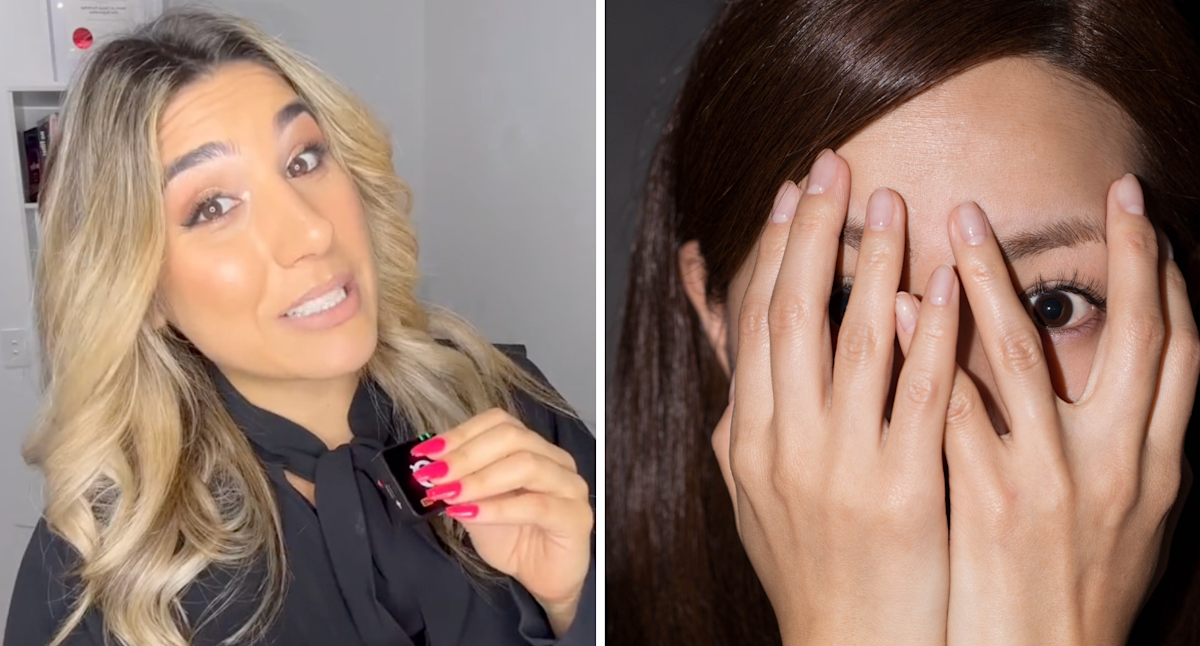Whether it’s the thought of a spider crawling across your skin, a snake slithering through your bedroom or standing on top of a precarious bridge from a dizzying height, it’s quite likely that one of these things makes you shudder, tense up, or even look away.
While Aussies are stereotypically a tough bunch, we rate fairly highly for having, often irrational, fears. Research from the Federal Health Department showed one in seven Australians, or almost 15 per cent, will develop a phobia or anxiety disorder during their lives.
Steph Georgiou, a clinical psychologist, addresses how and why we develop phobias, which she described to Yahoo Lifestyle as “an intense, irrational and out of proportion fear for a specific object or situation, which impacts your day-to-day life.” She also takes a deep dive into the top five.
RELATED:
What is the biggest phobia in Australia?
Phobias can be grouped into four categories – animal specific; medical specific; place specific – like planes and lifts and then other groups which include things like clowns and even buttons.
Here in Australia, where we have some of the most venomous spiders in the world, it perhaps comes as no surprise that our number one phobia is these eight-legged critters.
“5 per cent of Australians have a clinically significant fear of spiders,” Georgiou said “It’s part of an evolutionary preparedness – we have an innate ability to be afraid of things that could be dangerous.”
On top of that, we are conditioned as children in Australia not to touch spiders in case they bite, and movies often show spiders in their scariest capacity.
“Spiders can be dangerous, but those with phobias see the perceived threat being far higher than it actually is,” Georgiou said.

It’s probably not surprising that spiders are the number one phobia in Australia. Credit: Paul Newman
Australia’s second biggest phobia
The fear of snakes, called Ophidiophobia is the second most common phobia in Australia, despite the fact most people are unlikely to ever see one.
“Research shows the amygdala [the brain’s alarm system] reacted within 120miliseconds if it saw the silhouette of a snake in a lab, even if the person had never seen a snake before,” Georgiou said. “It’s part of the body’s hardwiring to survive.”
Coupled with that is the negative portrayal of snakes in movies and books as well as a learned behaviour from anxious parents.
What else are Aussies scared of?
Heights is also up there as one of our most feared things with 20-30 per cent of Australians saying heights make them scared.
This fear is inbuilt to an extent and we have what’s called an “innate postural threat system” which is a subconscious mechanism that activates when we perceive a potential threat to our balance or stability.
“This is reinforced by catastrophic imagery in movies for example with people falling or being pushed off cliffs,” Georgiou said. “The phobia develops when we focus on worst case scenario which is common in those who have an anxiety temperament.”
Flying
Another very common fear is that of flying, which can encompass lots of things.
“You could fear a plane crash, fear you’ll have a panic attack on a plane, fear the height or of being trapped,” Georgiou said. “The goal is to work out what the fear is around.”
She said the reasons for this fear developing could be classic conditioning with a bad experience or after watching dramatic footage of a plane crash and added: “It could also be an issue with a lack of control.”
Public speaking
Glossophobia, or the fear of public speaking, comes in fifth and is another very common one. “It develops because people don’t want to be rejected by a group. In movies it’s often about fitting in and, with this reinforced in society, we fear scrutiny,” Georgiou said.

A fear of flying can encompass many things, such as fear of the plane crashing or being trapped on board. Credit: Getty Images
Most common irrational fears
Alongside the common phobias are the more irrational ones, like fear of vomiting, clowns, and even a fear of buttons.
“These are often to do with early psychological conditioning,” Georgiou explained.
You might have an experience where you feel fear, shame or disgust when you were watching a clown or wearing a button-up shirt, and you come to associate the negative emotion with that object.
“When you start feeling unsafe or scared around, for example, clowns, the fear is reinforced by avoidance. You might stop going to parties in case there is a clown there and it can become a phobia,” she said.

In bad news for arachnophobes, interacting with spiders is the best way to reduce fear of them. Credit: Getty Images
How to beat your fears and phobias
As avoidance reinforces a fear, so exposure helps the brain understand there’s nothing to be scared of. It means, yes, if you’re scared of spiders, you need to interact with them, and if you hate heights, you need to start looking up. The trick is to move slowly towards your goal.
SHOP:
“If you are scared of public speaking and your goal is to speak on stage, you can create a fear ladder with a list of triggers – speaking in front of three people, recording yourself and watching it back, putting your video online,” Georgiou said. “It’s about slowly exposing yourself and managing your anxiety with breathing at each stage. You can also challenge your negative beliefs and make peace with worst-case scenarios – the spider probably won’t bite me, and even if it does, I’ll most likely be ok.”
“It is reasonable to feel fear and anxiety, so it’s about leaning into it and tolerating it to get to your end goal.”
Want the latest lifestyle and entertainment news? Make sure you are following us on Facebook, Instagram and TikTok and don’t forget to subscribe to our newsletter.
